Last week, the entire country mourned the loss of India against New Zealand in the Semifinals of the World Cup, 2019. The interesting thing about cricket in India is, among many other things introduced by the British, this game, especially has been internalized to make our hearts beat exclusively for the “men in blue“.
One of the reasons of the crazy fandom towards men’s sports is its distribution by the popular media. Media generates popularity among people, and it is no secret that media, especially advertisements have inherently been sexist all along. This takes away visibility from women’s sports leaving them with very little sponsorship, thereby creating a huge pay gap, which still remain unbridged.

Patriarchal societies have always taken women’s work for granted. When the first wave of feminism demanded for the right to vote, as well as the property ownership rights, it came as a shock for the society because women were never seen as a separate entity who could make decisions for themselves. It was probably the first time where women came together, and distanced themselves from stereotypes that were already created for them.
After several years of struggle to establish equality within the society towards women, there is a constant failure in terms of how the society perceives womanhood. As a blinding result of “custom” and “habit”, the society has somehow undermined the work done by women and cited this as a reason, along with others, to maintain a significant pay gap in the workspace, even in the domain of cricket. Despite the class differences that separates the various experiences of women, the one thing that connects women from different working backgrounds is the way in which they are paid marginally less, as opposed to men.
Media generates popularity among people, and it is no secret that media, especially advertisements have inherently been sexist all along. This takes away visibility from women’s sports leaving them with very little sponsorship.
In a country like ours, which is obsessed with “Alpha males” and “masculinity”, women’s cricket has been a way through which the ideals of femininity, imagined and constructed by men are broken. Through sports, a space is created for women to break down the stereotypes associated with women being ‘fragile’ or ‘weak.’ But the problem that women athletes face, despite their huge success in the field of sports, is the amount of pay which is extremely less when compared to the male athletes from the same field.

In a report published by DNA, it says that female cricketers are paid less than half of what the male cricketers are paid. Another article by The Swaddle claims that, Mithila Raj, the captain of the Indian women’s cricket team earns only 7% of the amount that Virat Kohli, the captain of the men’s cricket team, earns in a year. Apart from the formal salaries that is paid, the male cricketers earn more money through the advertisement campaigns, endorsements and so on. Female athletes, on the other hand, are approached for media or advertisement campaigns, only if they fit the definition of ‘beauty’ and ‘desirability’ established by the same patriarchal society.
Also read: The Gender Pay Gap: Unequal Pay for Equal Work
Further, the tragedy of the understanding of womanhood in the society is that, at all times, from Sita to the present-day woman, all women across cultures, have to prove themselves in front of patriarchy to get their talents and abilities acknowledged. The Adidas’ statement on the “same performance bonus payout as their male peers” says a lot about the situation of the present day neo-liberal capitalism.

Despite this being a positive step towards acknowledging women’s success in the field of what generally is understood as “men’s space”, the commodification of Pink Capitalism, derived from identity politics, could be very problematic. It took Adidas, a win by the US women’s football team, to realize that women are equal to their male peers, and hence must be receive equal performance bonus. This realization came only with the raising popularity and success of the team.
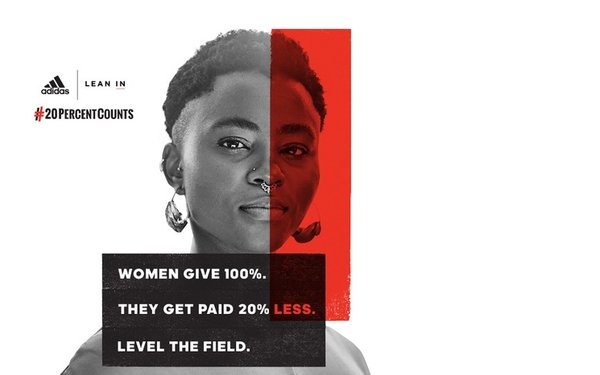
In a report published by DNA, it says that female cricketers are paid less than half of what the male cricketers are paid. Apart from the formal salaries that is paid, the male cricketers earn more money through the advertisement campaigns, endorsements and so on.
In India, the understanding of sports has been limited to cricket and football played by men. It is popularly said that the viewership is what gets money to the players and some say, “Women’s sports are boring.” These statements reek of patriarchal ideas that the society has been feeding us for so long, that it becomes the only reality that we experience.
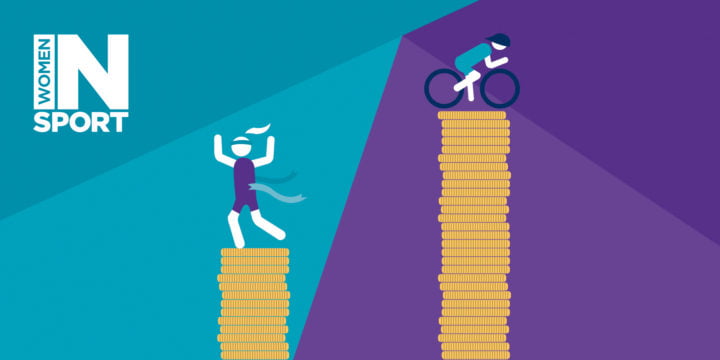
The Indian Judiciary passed a law that allows women to “demand” for equal pay under the Equal Renumeration Act of 1976. This law however could be challenged because it does not provide clarity in terms of expressing its motive. It only grants women to reach out and demand for equal pay. This law resonates with the public and incites them in thinking that it is alright for women to not get equally paid as men. It provides them with an alternate than following what is just and right. This slippery and unclear law contributes in keeping alive the patriarchy in the society.
Also read: Forbes ‘World’s Highest-Paid Athletes 2018’ List Highlights The Gender Wage Gap In Sports
It is high time we discuss the matter of pay gap and acknowledge that we indeed live in a society that prioritises men, before talent. Let us take tiny efforts by supporting women’s sports and view them for their exceeding talent than reducing them to bodies.
Featured Image Source: The Bridge
About the author(s)
Divya Krishnamoorthy loves listening to stories and believes that we are all stories who stay alive only through narration. She is a Masters student in English at Ambedkar University, Delhi. When she is not writing her papers, you will definitely find her having one of her weird reveries.

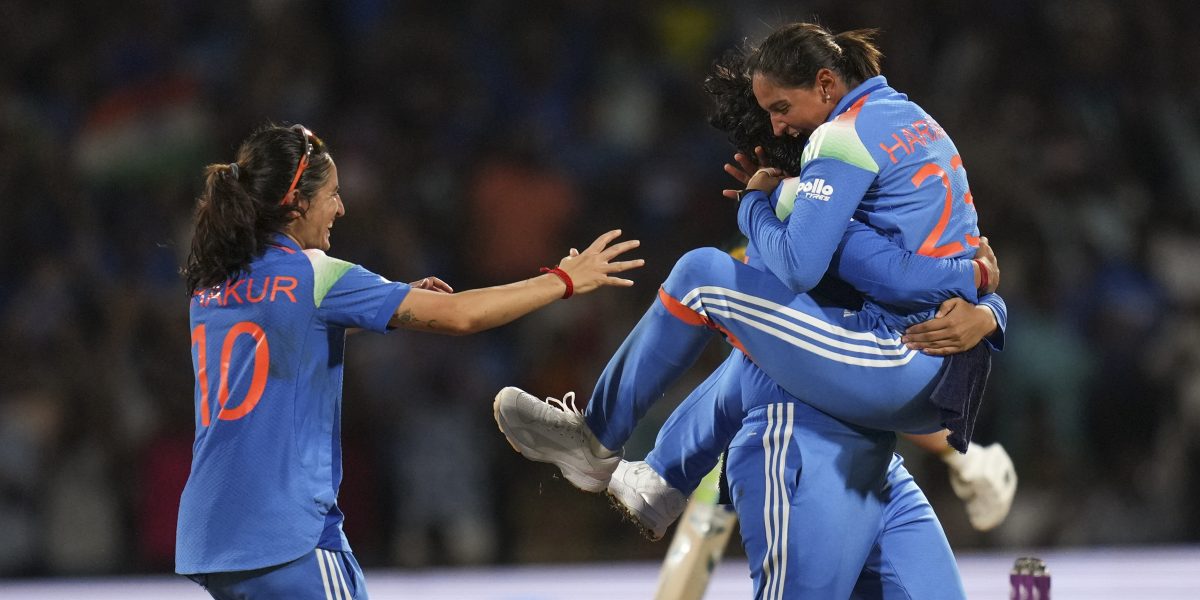
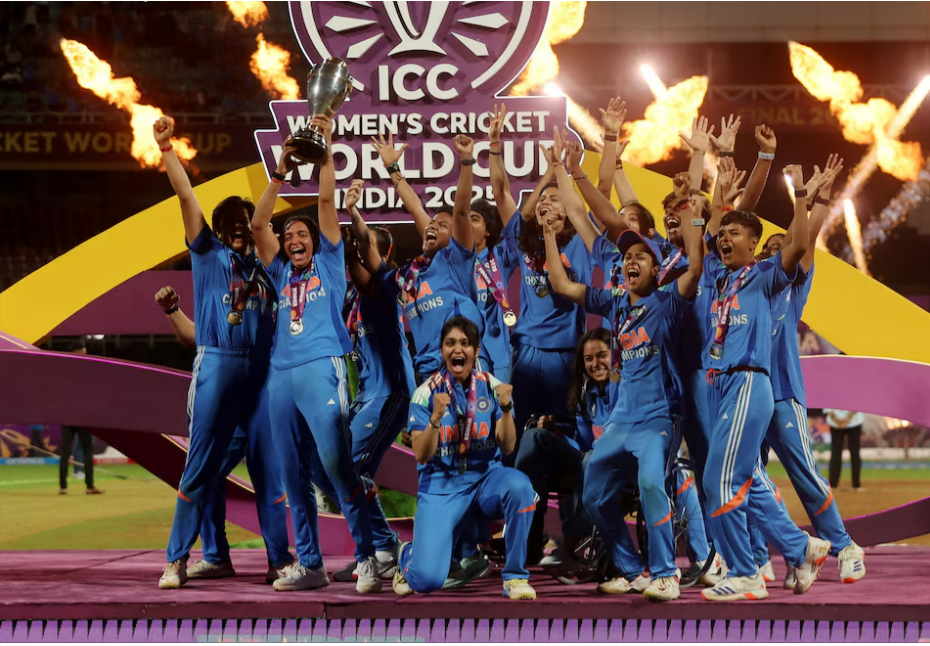
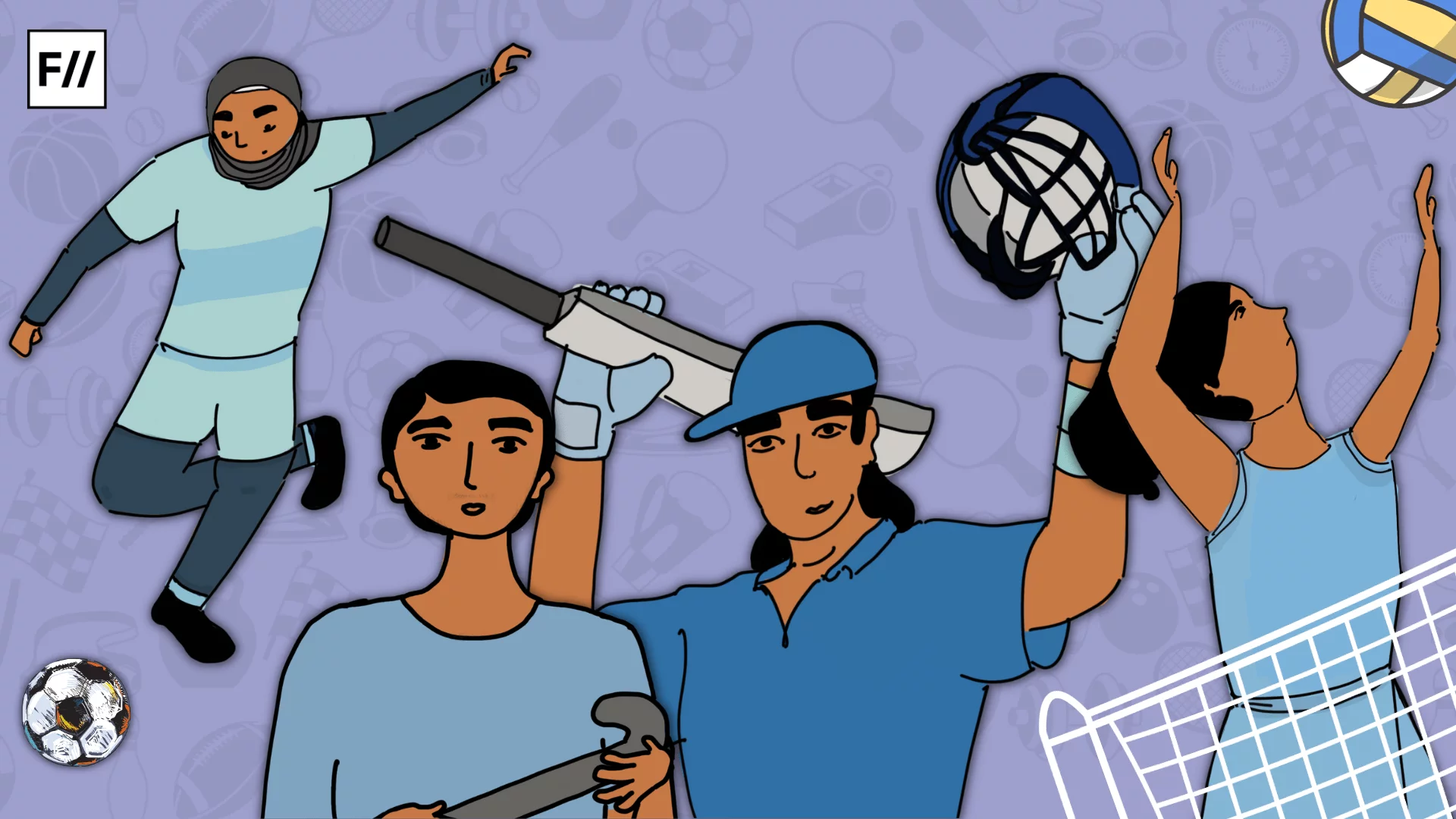

Hi Divya, I wholeheartedly support your prospective…and I expect the pay should be same….however I want to ask you one question answer honestly to yourself….do you watch women’s cricket? If not, then please start to do so, ask others as well. The more viewership for the sport, the more will be the payout for the sportswomen.